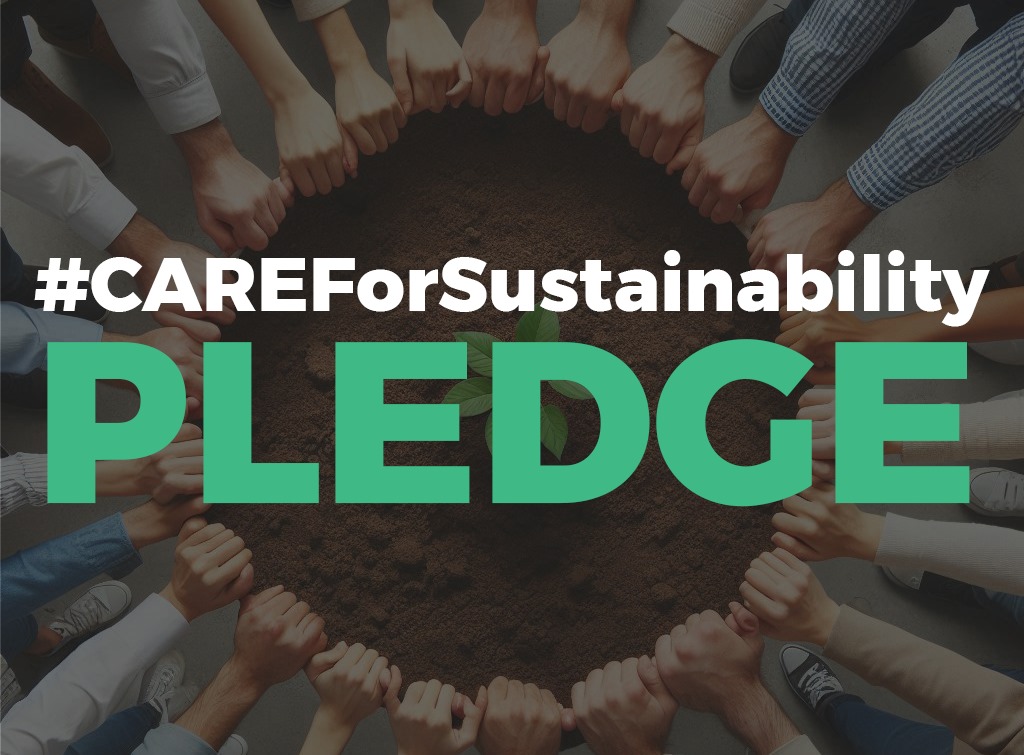Sadek Wahba, Chairman and Managing Partner of I Squared Capital, said, “The ultimate goal is for sustainable infrastructure not to be seen as an investment opportunity in the future because all infrastructure will already be sustainable.”
With the climate crisis presenting one of the biggest challenges to the global economies, forcing them to take effective actions to offset its lasting impacts. The centring focus on establishing new and enhancing existing infrastructure is a positive step towards a robust and sustainable economy. Collective action from governments, businesses, entrepreneurs and investors together can help lead the way towards that goal.
The Middle East and North Africa (MENA) region, the third largest supplier for the global oil demand, is setting itself as a crucial player in the evolving times. As the region is slowing down its production of fossil fuels, it opens opportunities for economic diversification.
As per local media reports, the World Bank estimates the GDP of the Gulf Cooperation Council countries to potentially go over $13 Trillion by 2050 if they accelerate the implementation of their green growth strategies. With the economic capabilities already in place, the region is perfectly poised to lead the way towards a sustainable future.
The Steps Towards Green Finance
Many countries in the region have released their strategic vision and plans on how to diversify their economies. Infrastructure continues to be the central pillar to help digitise key government services and establish an ecosystem to boost private player participation.
To establish the necessary infrastructure and aid towards a sustainable economy, unlocking the green financial capabilities to aid in the development of renewable energy resources along with sustainable transport and water management systems.
Countries from the region such as UAE and Saudi Arabia have already installed key instruments in the financial sector to enable sustainable financing options. As per local media reports, the UAE’s green financial issuance grew 32% in 2022 as compared to 2021. Saudi Arabia’s Public Investment Fund (PIF) managed to raise $5.5 Billion through its second sale of its green bonds.
This points towards the faith of the investors in the strategic vision in the region. With a framework in place, these funds will enable entrepreneurs in the region to help aid in the achieving their goal of transitioning towards their net-zero targets.
Preparing for the Green Future
The enterprises and the companies in the region have scaled up their commitment by establishing an Environment, Social and Governance (ESG) framework. As per a recent PWC report, over 64% of the startups in the region have adopted a formal framework related to Environment, Social and Governance plans.
Oman, Qatar, UAE, and Saudi Arabia along with other countries from the region have become influential players in the cleantech and sustainable industry space. As per local media reports, Qatar offers a $75 Million opportunity in the cleantech industry. This is a positive sign for the world to take note that a major oil-producing region is diversifying towards a more ecologically sustainable economy.
UAE has taken the first mover’s advantage in the sustainability sector with strategic initiatives such as UAE Net-Zero by 2050, UAE Green Agenda 2015-2030 and National Climate Change Plan of the UAE 2017-2050 among many others.
Interested in attending the 2nd Annual Future Sustainability Forum happening on December 4-5 December 2024 at Madinat Jumeirah, Dubai. 🌱
